In the middle of the 16th Century, a Spanish conquistador Francisco de Orellana became the first European to sail the Amazon River travelling most of its length. Legend has it that he battled
fierce female warriors “doing as much fighting as ten men”. He named the river “Amazonas”, after the Greek myth of warrior women. Our journey along the river will cover almost 900 miles, or about half the full length of this might river.
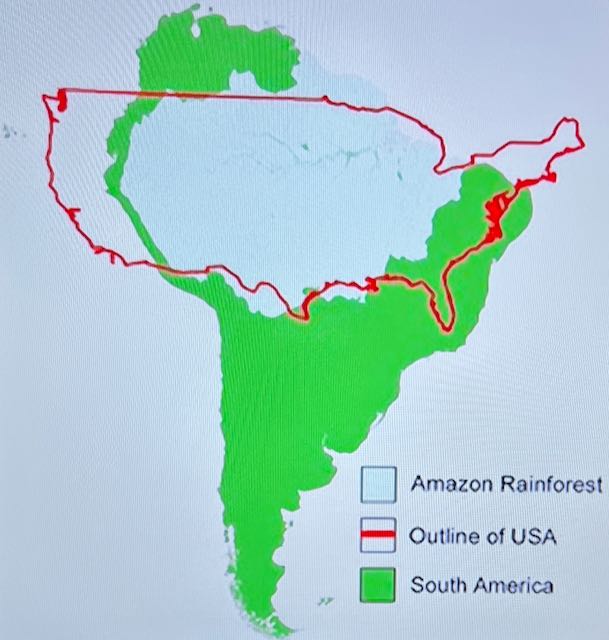
Today this is one of the widest and deepest rivers in the world. In some places, the river is almost 300 feet deep and 50 miles wide. The River begins as hundreds of tiny streams high in the Andes Mountain. Some streams start less than 100 hundred miles from the Pacific Ocean but due to the Andes Mountains, they are forced to flow East to the Atlantic. Tributaries continually merge and form ever larger streams and rivers.
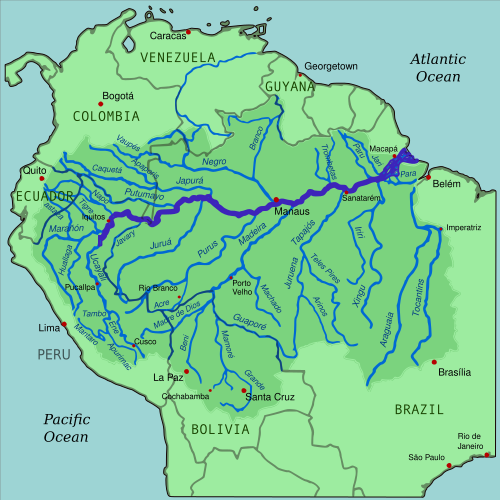
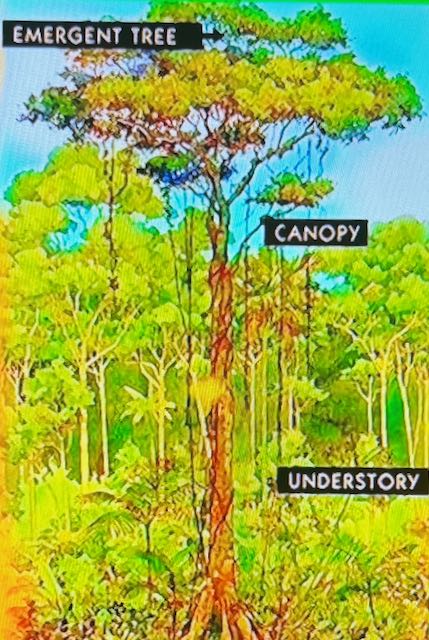
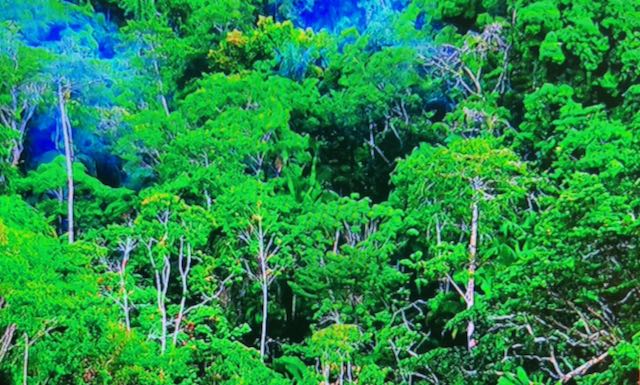
Our journey up the river passes by a handful of small villages and a couple of large cities. Where there are small settlements, these are usually the result of indigenous peoples who have staked a claim and just not wanted to move away. The large cities are the result of large tracks of land that have been cleared making it possible to have large buildings and industry. However, it is critical to note that the River can easily rise over 30 feet in the rainy season thus causing flooding if the areas are not properly constructed.
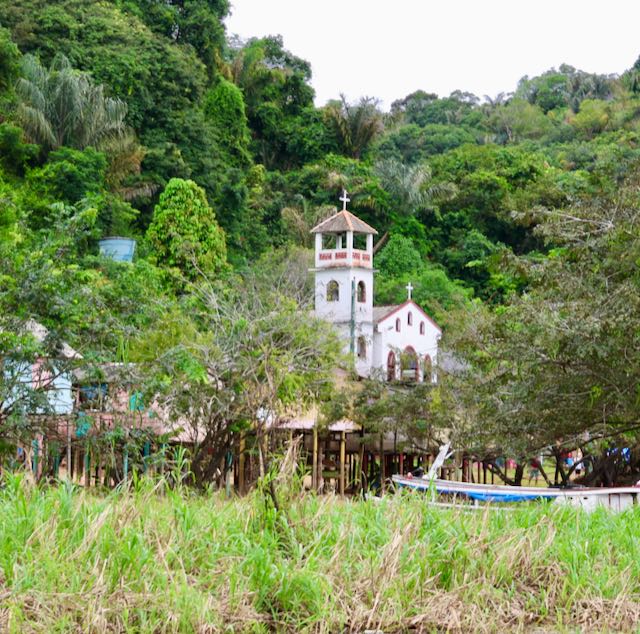
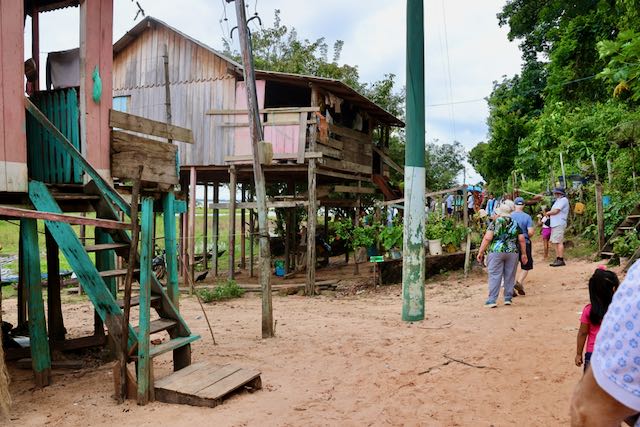
We stopped in the village of Boca Da Valeria – it has a population of between 75 and 100 and of course we far exceeded the local population by showing up.
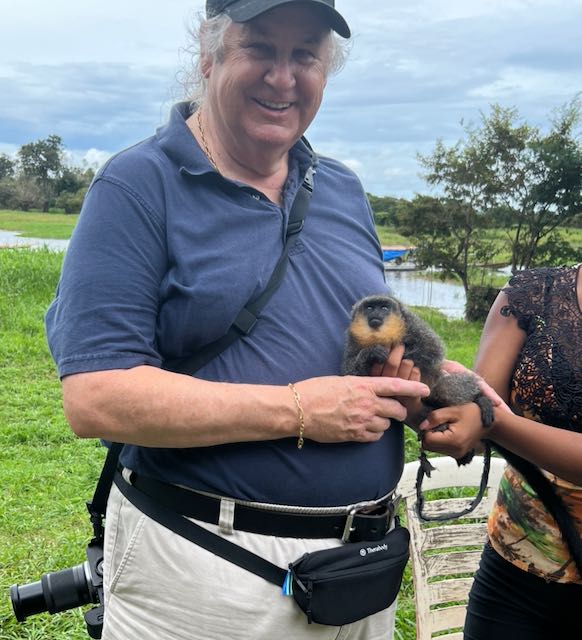
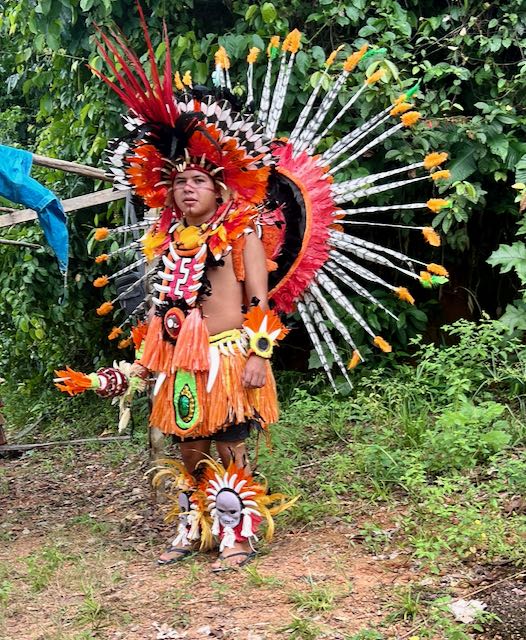

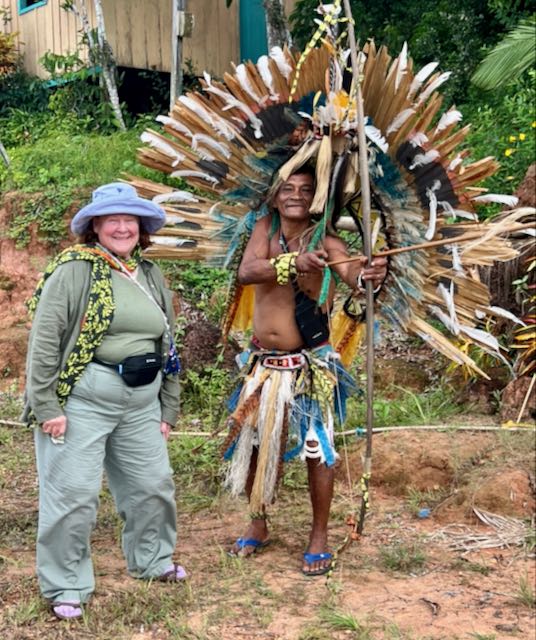
The meeting of two rivers – merging streams the Rio Solimões and the Rio Negro at Manaus is where the Amazon formally begins the journey to the Atlantic Ocean.
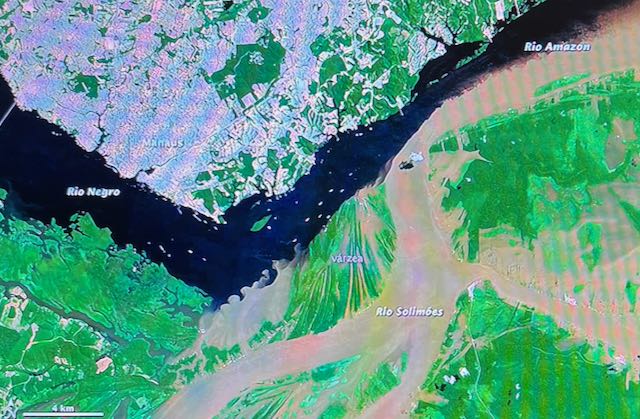
Where these two rivers meet, there is a significant color difference between them and this color change is maintained for many miles before the two river flows combine. This “meeting of the rivers” is a celebrated trip which we will be taking in several days.
The river is so deep that some large ships travel quite far upriver. Oceangoing ships regularly visit Manaus, nearly 1,000 miles upstream.
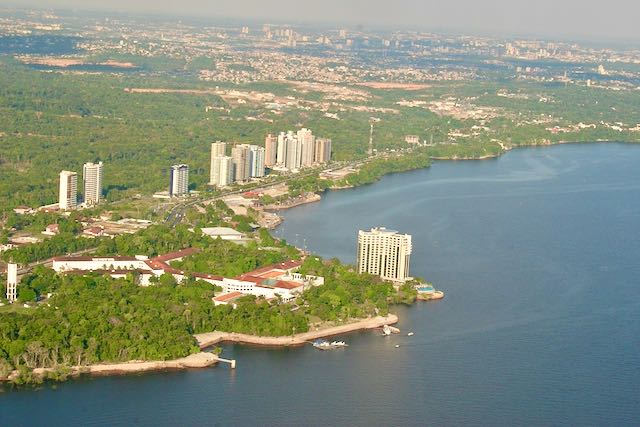
Our ship will be docked in Manaus for a couple of days along with lots of container ships and other large ocean-going vessels. A bunch of shallow draft floating hotels can reach as far upriver as Iquitos Peru – another 750 miles or more – which would be an interesting adventure for sure.
As the Amazon nears the eastern coast, the river becomes a tangled network of tributaries. Any delta that the Amazon River ever had no longer exists as the currents in the Atlantic keep the outflow moving. Instead, the river enters the Atlantic in a broad estuary 150 miles wide. The drainage basin has gradually sloping terrain – the river falls about 2 inches for every mile or so and there are ocean tides that effect the river and its banks very far upstream
The Amazon Rainforest has the highest biodiversity of any region in the world. New species of plants and animals are continually being discovered. Rainforest structure consists of various levels – emergent, canopy, understory, shrub and ground layers. The canopy itself can be more than 100 – 130 feet above the forest floor. Below the canopy ceiling there are often multiple levels.
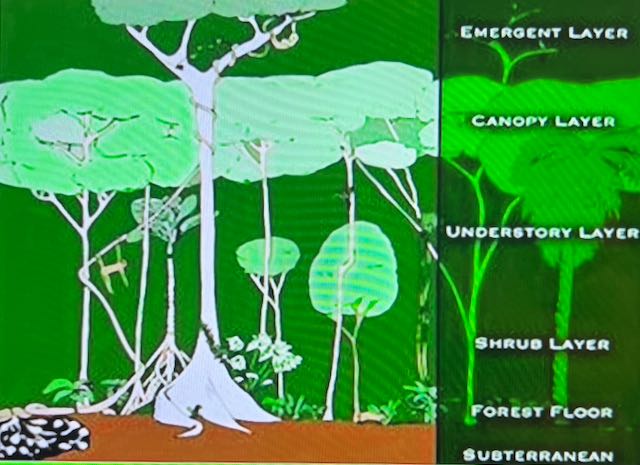
The lowest part of the canopy may be 5 to 20 feet above the floor. Walking through a rain forest isn’t a problem – you’re not swinging a machete to clear a path, that would be in a jungle environment.
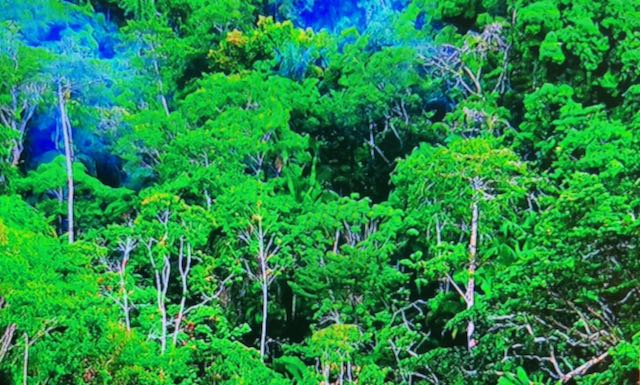
The Rainforest is mostly clear at ground level and trees are buttressed by massive root system to stabilize it in the soft shallow forest soil.
The Amazon Rainforest is home to at least 427 mammal species, 1,300 bird species, 378 species of reptiles and more than 400 species of amphibians. The number of insects is not known – way too many to count. One in 10 known species in the world lives in the Amazon rainforest.
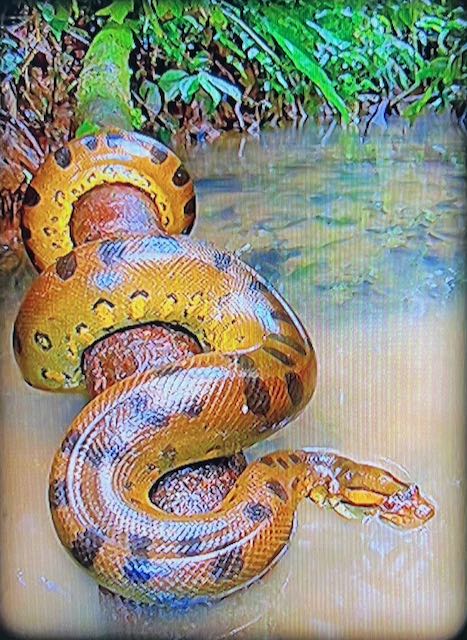
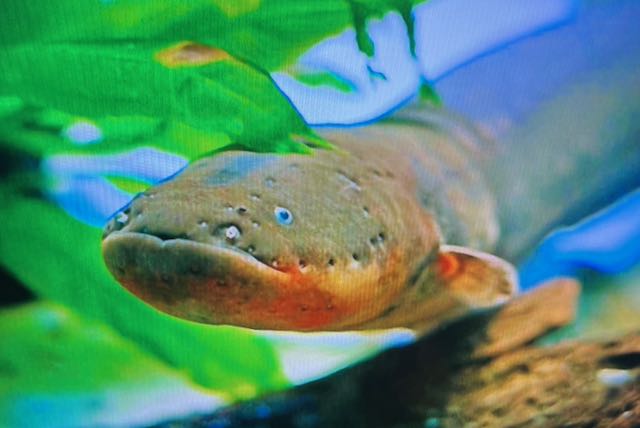
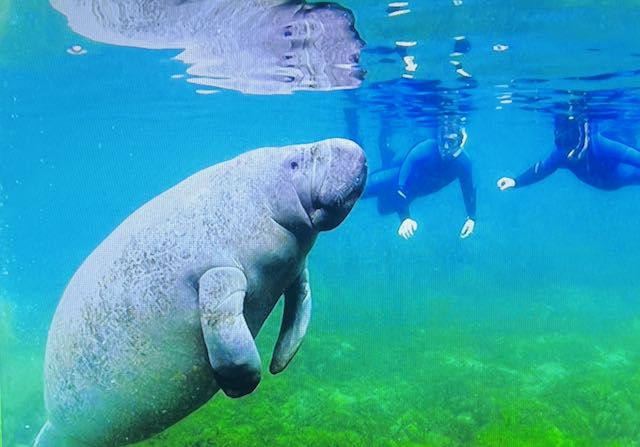
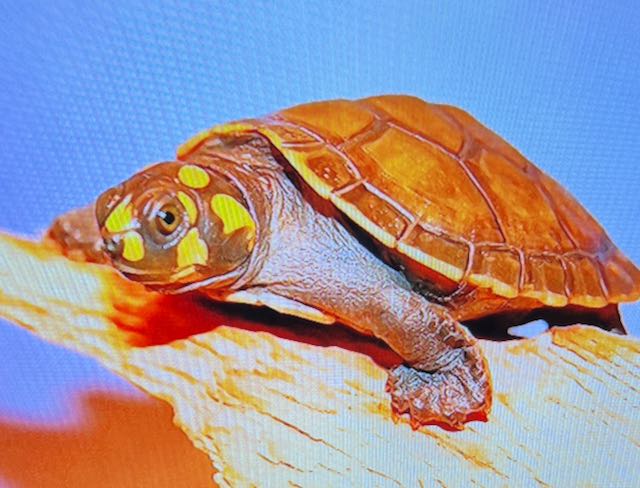
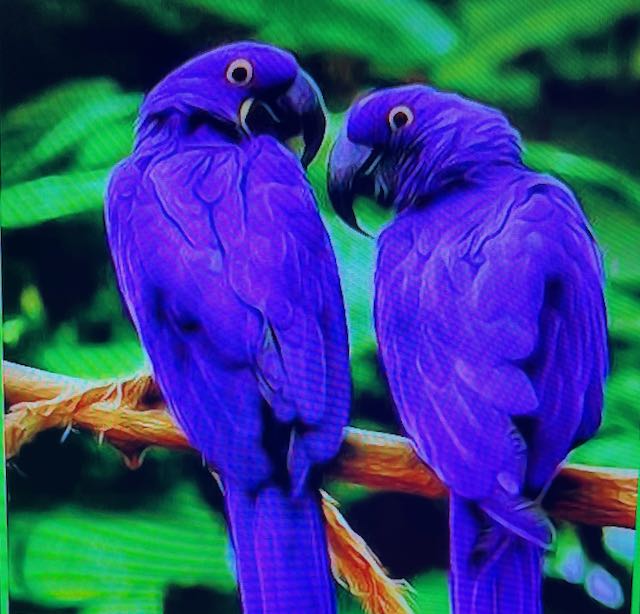
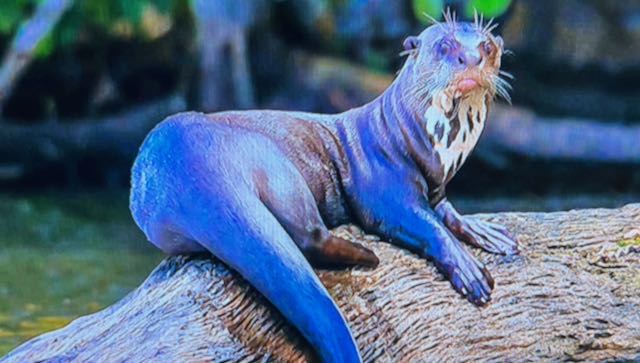
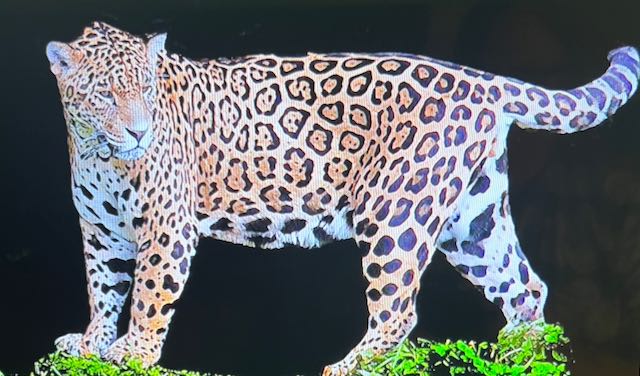
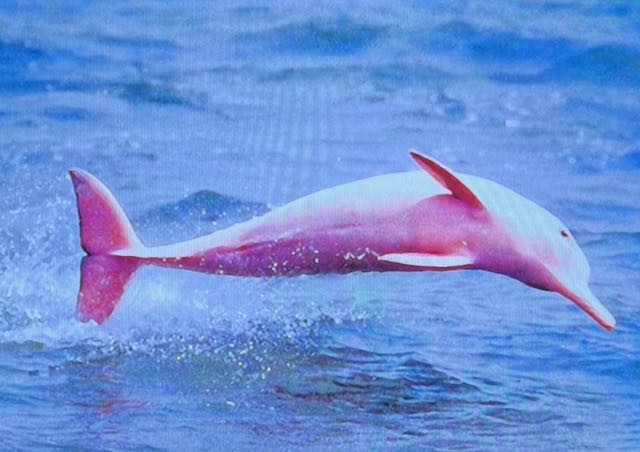
Our adventure, along the Amazon River, is the better part of a full week with stops at major ports and small villages. I must give credit to Capt. Tom Anderson for his various enrichment talks during the cruise. Much of the information, and pictures, about the Amazon came from his talks. There is really something to be said about a visit to this part of the world – it really does bring you close to nature
Very cool!
David & Janeen- So impressed and in awe of alll your amazing adventures! Thanks for the education along the way too! Travel on! Love Megan
Waiting for chapter 2.
Does Amazon deliver there too/
I certainly wish it did…there are a couple of things I would order!
You can join us at any time for upcoming adventures!
Just catching up little brother. Very envious of all your travels. Marilynn